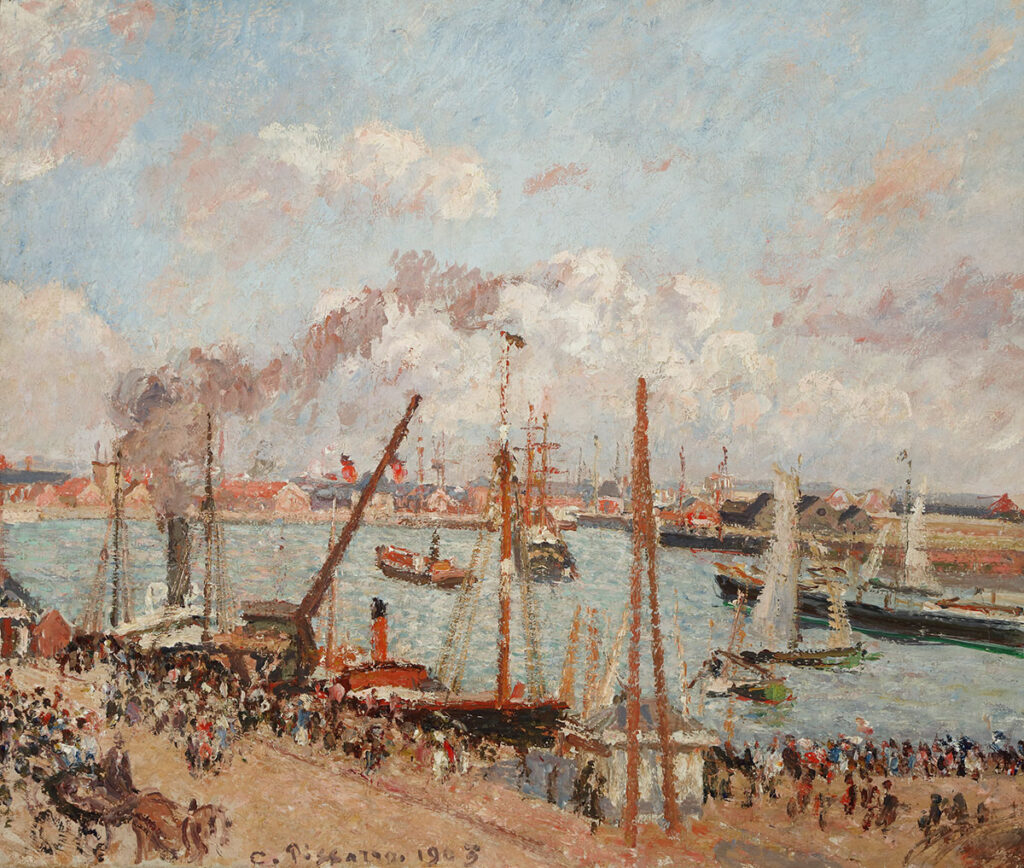The painting, which had been left behind by a Jewish couple who left Germany as Hitler rose to power, is to be sold in May at Christie’s.
April 21, 2022 (Updated April 23, 2022), by Graham Bowley – Excerpt

A Pissarro painting that was at the center of a dispute between the heirs of a Jewish couple whose art collection was seized by the Nazis before World War II and a Jewish family who bought it in 1994 will be sold at auction next month after the two sides reached agreement.
Ludwig and Margret Kainer left behind a collection of art, including the Pissarro, when they left Germany in 1932 as Hitler rose to power. Their relatives have pursued a claim for the painting since 2015, and sued the family of Gerald D. Horowitz to reclaim it last year.
Among the reasons the dispute drew interest was the fact that it was the first time that Stuart E. Eizenstat, a diplomat and lawyer who helped write the landmark Washington Principles that are used around the world to guide restitution claims, had become involved in an individual restitution case.
After leaving Germany, the Kainers were unable to safely return to their home after the Nazis grabbed power, and in their absence their world-class art collection and other furnishings were seized by the Berlin tax office and sold at auction in Berlin to pay a Reich flight tax, a financial instrument that was often used to punish Jews who fled the country.
In 2014, the Horowitz family lent the work for display at the High Museum of Art in Atlanta. It was around this time that it was identified by Mondex, a company that pursues restitution claims and represented the Kainer heirs.
This is an excerpt from this New York Times article. Full article through this link: https://www.nytimes.com/2022/04/21/arts/design/pissarro-nazis-auction.html?searchResultPosition=8.


